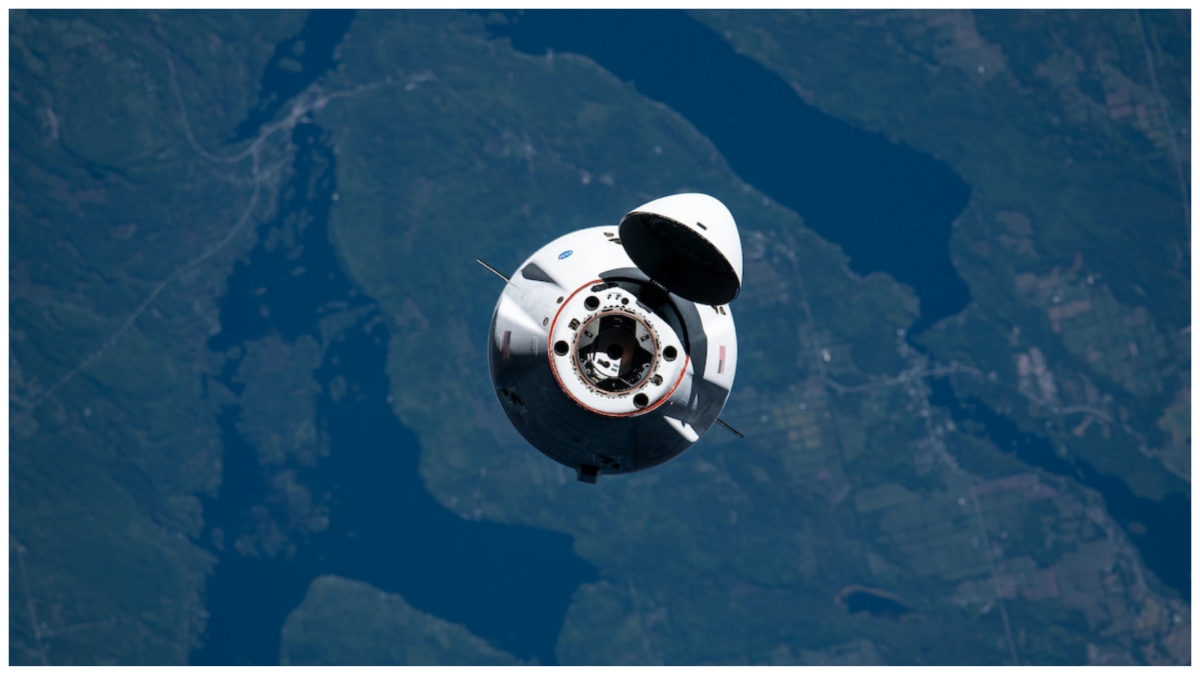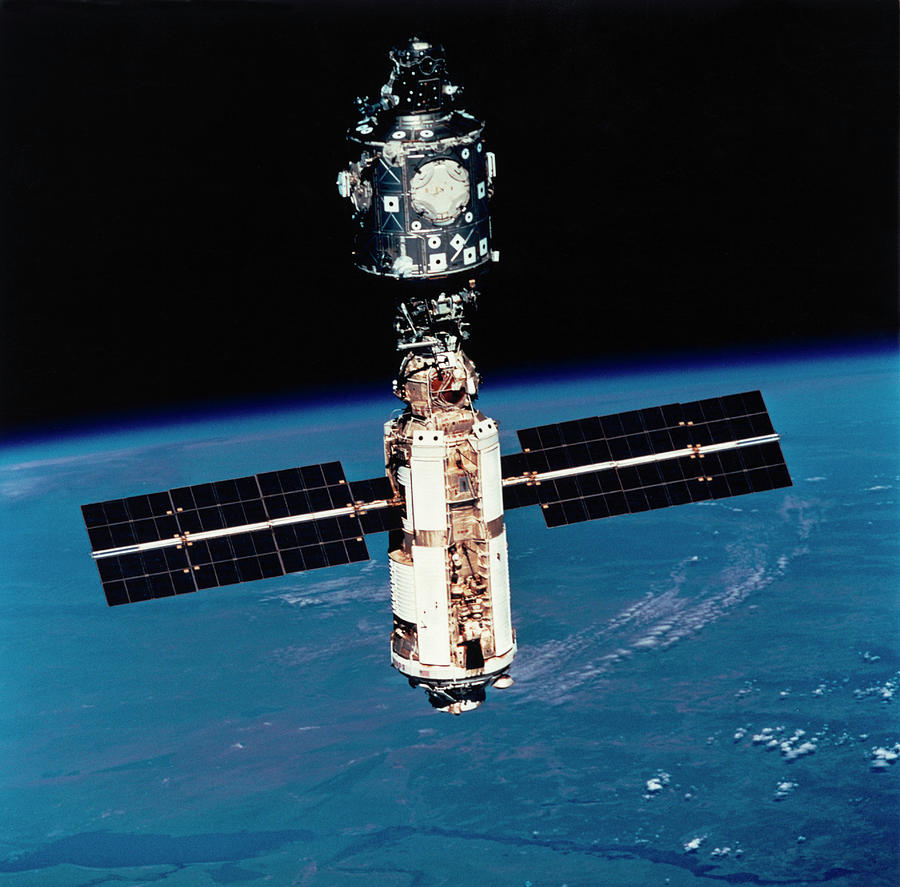
NASA said the members of the 15-nation space station partnership would work together "to ensure there is no threat to the long-term viability of the ISS." At the same time, the report acknowledged that the station can't last forever. Meanwhile, Russian space officials are continuing to assess how their part of the station is holding up, with special attention being given to an air leak in the Russian-built Zvezda service module. NASA says its portion of the space station should be structurally sound at least that long. The updated report comes a month after NASA announced the Biden administration's decision to extend the station's operating lifetime from 2024 to 2030. "We look forward to sharing our lessons learned and operations experience with the private sector to help them develop safe, reliable, and cost-effective destinations in space." "The private sector is technically and financially capable of developing and operating commercial low-Earth-orbit destinations, with NASA's assistance," Phil McAlister, NASA's director of commercial space, said in a news release. Doing so provides the International Space Station with enough power to maintain normal operations and ensure adequate power for future opportunities in low-Earth orbit, whether for NASA and its international partners or commercial companies.In an updated transition report just delivered to Congress, the space agency detailed the endgame for the space station, which has been hosting international crews continuously since the year 2000 – and hinted at what its astronauts would be doing in low Earth orbit after its fiery destruction. NASA signed a modification to the ISS Vehicle Sustaining Engineering contract with Boeing to provide the six new solar arrays.
#Nasa international space station install
The installation of each solar array will require two spacewalks: one to prepare the worksite with a modification kit and another to install the new solar array. The solar arrays will be delivered to the International Space Station in pairs in the unpressurized trunk of the SpaceX Dragon cargo spacecraft during three resupply missions starting in 2021, when the second pair of current arrays reaches the 15 th year of its design life.


For comparison, an active computer and monitor may use up to 270 watts, and a small refrigerator uses about 725 watts. In addition, the remaining uncovered solar array pair and partially uncovered original arrays will continue to generate approximately 95 kilowatts of power for a total of up to 215 kilowatts (215,000 watts) of power available to support station operations at completion. Each new solar array will produce more than 20 kilowatts of electricity, eventually totaling 120 kilowatts (120,000 watts) of augmented power during orbital daytime. The eight current arrays are currently capable of generating up to 160 kilowatts of power during orbital daytime, about half of which is stored in the station’s batteries for use while the station is not in sunlight. The new arrays will shade slightly over half of the length of the existing arrays and will be connected to the same power system to augment the existing supply. The combination of the eight original, larger arrays, and the smaller, more efficient new arrays will restore the power generation of each augmented array to approximately the amount generated when the original arrays were first installed, providing a 20% to 30% increase in power for space station research and operations. Boeing, NASA’s prime contractor for space station operations, its subsidiary Spectrolab, and major supplier Deployable Space Systems (DSS) will provide the new arrays. To ensure a sufficient power supply is maintained for NASA’s exploration technology demonstrations for Artemis and beyond as well as utilization and commercialization, NASA will be augmenting six of the eight existing power channels of the space station with new solar arrays.

Though they are functioning well, the current solar arrays are showing signs of degradation, as expected.
/cdn.vox-cdn.com/uploads/chorus_image/image/63966066/iss056e201046large.0.jpg)
The first pair of solar arrays has now provided continuous electrical power to the station for more than 20 years as more modules were added and dozens of crews tackled thousands of scientific experiments and continued operations through hundreds of spacewalks, cargo missions, and more. Image courtesy of NASA.ĭesigned for a 15-year service life, the solar arrays have been operating continuously since the first pair was deployed in December 2000, with additional array pairs delivered in September 2006, June 2007, and March 2009. New solar arrays to power NASA’s International Space Station research.


 0 kommentar(er)
0 kommentar(er)
